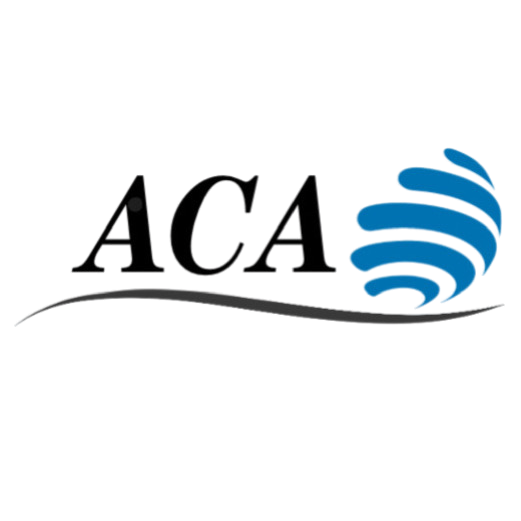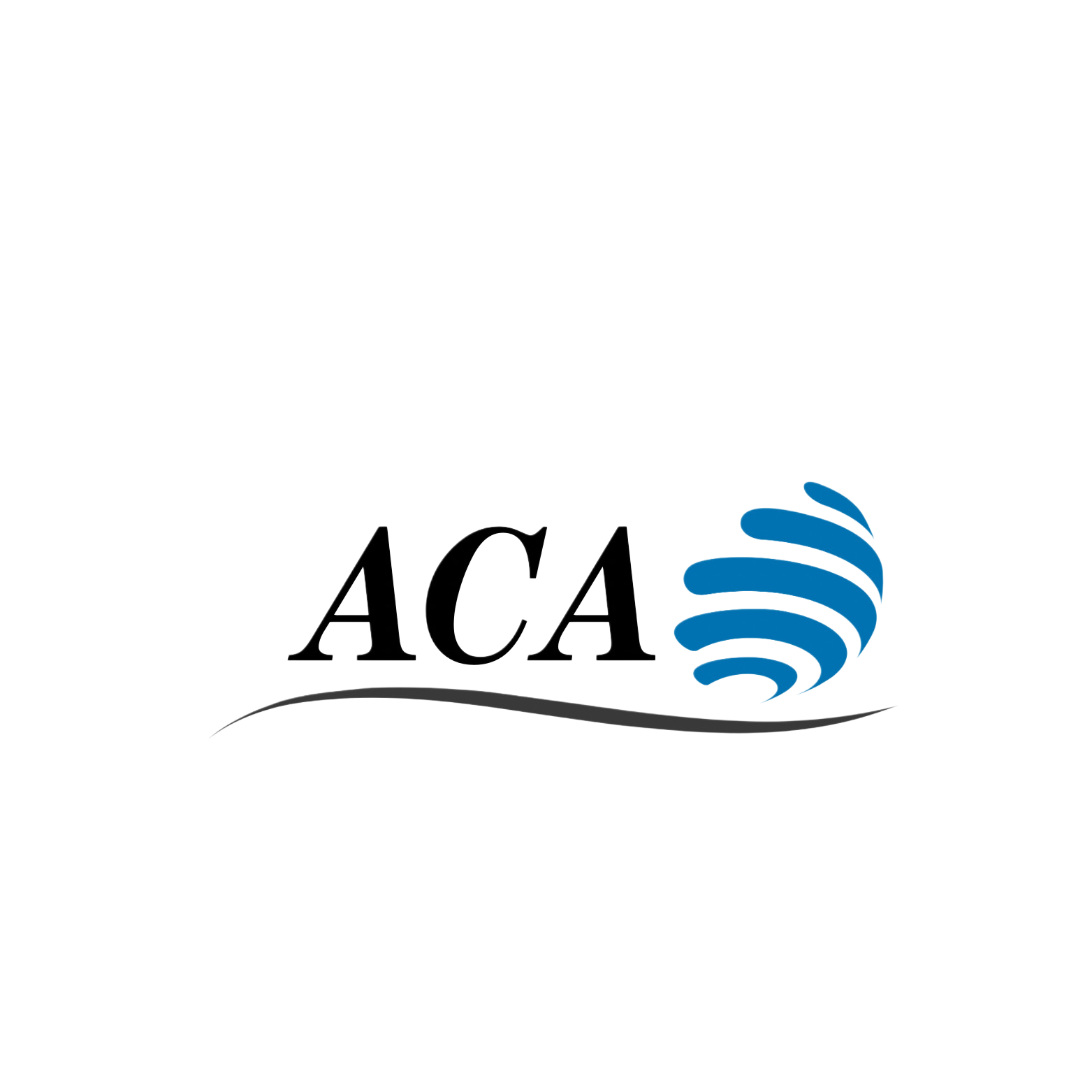ISO 50001
ISO 50001 is the internationally acknowledged Energy Management Systems (EnMS) standard.
- ACA Home Page
- ISO 50001
ISO 50001 can be applied to any organisation, regardless of size, sector, or location, to help manage energy use more effectively. Built on the proven management system model of continual improvement — the same foundation as ISO 9001 and ISO 14001 — this standard provides a structured framework for optimising energy performance.
Energy is a critical factor for most businesses, and its consumption has both financial and environmental impacts. ISO 50001 enables organisations to measure and monitor how much energy they use, ensuring a systematic approach to managing supply, reducing consumption, and improving efficiency.
Through processes for measurement, documentation, and reporting, ISO 50001 supports smarter decision-making and long-term sustainability. By adopting this Energy Management System, organisations not only lower costs but also contribute to tackling climate change and conserving resources through more efficient energy use.
Higher customer satisfaction
Improved chance of winning contracts
Lower the risk of product/service problems
Streamlined business processes
Increased consistency in business practices
What is ISO 50001 Certification?
The system is designed to ensure that a business’s environmental management system is continually improved to remain effective and compliant. Businesses can use ISO 50001 to develop and implement policies, objectives, and processes that will allow them to achieve their sustainability goals while complying with relevant environmental regulations. Additionally, ISO 50001 promotes communication among all stakeholders involved in the implementation process, such as customers, suppliers, government regulators, and employees.
Why is ISO 50001 important?
In today’s society, companies must manage their energy consumption to remain competitive. Considering this responsibility, it is no surprise that more companies are adopting the ISO 50001 energy management standard.
ISO 50001 assists businesses in improving their energy consumption and management as well as advancing their environmental goals. This energy management standard forms the foundation of an environmentally friendly business.
Companies adopt ISO 50001 for a number of reasons, including:
- Enhances competitiveness
- Provides cost savings
- Increases energy efficiency
- Motivates employees
The standard enables businesses to set targets and objectives for energy efficiency, improve energy management continuously, and manage energy risks efficiently and effectively. As a result, your company can gain a competitive edge, contributing to the improvement of your brand. ISO 50001 certification also shows your investors, customers, and employees that your company is committed to sustainability.
What are the requirements and required documents for ISO 50001 Certification?
The requirements of ISO 50001 focus on these critical areas: setting objectives and targets, developing a plan for achieving them, and measuring performance. To comply with the standard, companies must have a policy statement outlining their commitment to energy management.
ISO 50001 certification is only possible with properly documented procedures. Associated documents are as follows:
- Environmental Energy management system procedures, such as energy policy, training and competence awareness, communications, operational control, and documentation control
- ISO 50001 forms, including energy assessment worksheet, objective action form, training action plan, employee training summary, software inventory, audit plan, internal audit report, the output report
- Energy management system work instructions: implementation of the energy management system, infrastructure of the company, design characteristics
- Energy management system attachments, such as the company management chart, energy policy, and operational control guidelines
- Registers: detailing the legal and other requirements, as well as the action reports
- EnMS templates, including manual templates and work instruction templates
How do you implement ISO 50001?
Below are the steps to implementing ISO 50001.
Provide an overview of management responsibilities: The success of an EnMS depends on the commitment and involvement of top management.
Establish the scope: It will be easier to focus efforts and resources if EnMS scope and boundaries are clearly defined.
Create a team: In a team, perspectives from different backgrounds are brought together, work is distributed, implementation is facilitated, acceptance is encouraged, and sustainability is enhanced.
Set the policy for energy use: The company’s energy priorities should be outlined in the policy.
Determine all significant energy uses (SEU): By identifying all SEUs, facilities can maximise their energy efficiency.
Assess the energy system’s performance: Energy performance indicators can be used to gauge how well the energy system performs compared to the baseline value.
Establish energy objectives and targets: Defining energy objectives and targets can guide the development of strategies and activities.
Make an action plan: This plan should include responsibilities, tasks, resources and methods for evaluating the results of energy management activities.
Coordinate and control documentation: Controlling documents ensures accurate information is available and prevents outdated data from being accumulated.
Be communicative: Use multiple channels to disseminate information in the communication plan.
Ensure training, competency and awareness: To identify training needs, your team must determine the competencies required, evaluate the staff and create an action plan.
Ensure compliance with legal and other requirements: Gather information regarding the business’s energy obligations, including any legal or voluntary commitments.
Develop a plan for monitoring, measuring and analysing: A plan typically contains details on system configuration, monitoring methods, data collection frequency, data analysis processes and calibration requirements.
Perform internal audits: Audits verify that the EnMS adheres to the company’s standards, works effectively, contributes to the company’s energy goals, and enhances energy efficiency.
Perform a management review: Businesses should periodically evaluate their activities and energy performance.
How many clauses are there in ISO 50001?
The standard contains ten clauses:
- Introduction
- Scope
- Normative references
- Terms and definitions
- Context of the business
- Leadership and commitment
- Planning
- Support
- Operations
- Performance Evaluation
- Improvement
How do I get ISO 50001 Certification?
To get certified, first, you must understand the requirements of ISO 50001 EnMS. Conduct a gap analysis to find out where you need to concentrate your efforts and plan how to implement them. Then, an effective ISO 50001 awareness program should be implemented throughout the business. What comes next is documenting your EnMS and putting ISO 50001 into action. The last steps are performing an internal audit and preparing for the ISO 50001 audit itself.
How much does ISO 50001 Certification cost?
A company’s size and complexity determine the cost of ISO 50001 certification. Generally, larger companies with more complex structures will require more resources and expertise to complete the process
Show Your Commitment to to Energy Efficiency
Not sure where to start? Our experts are here to guide you every step of the way.


